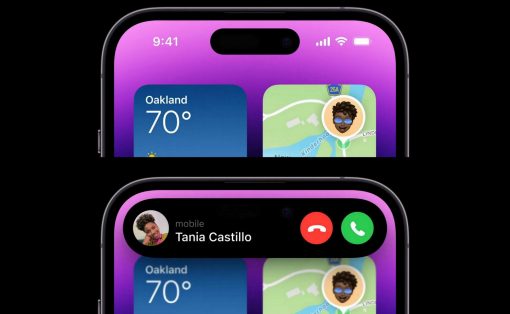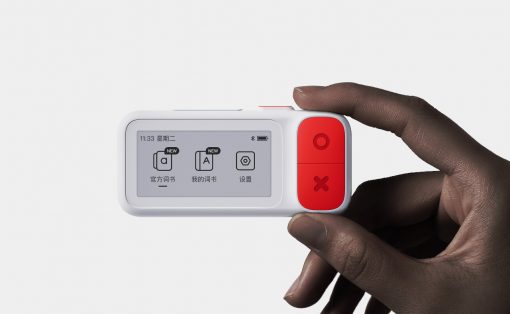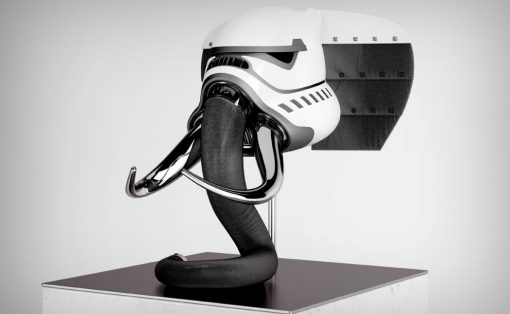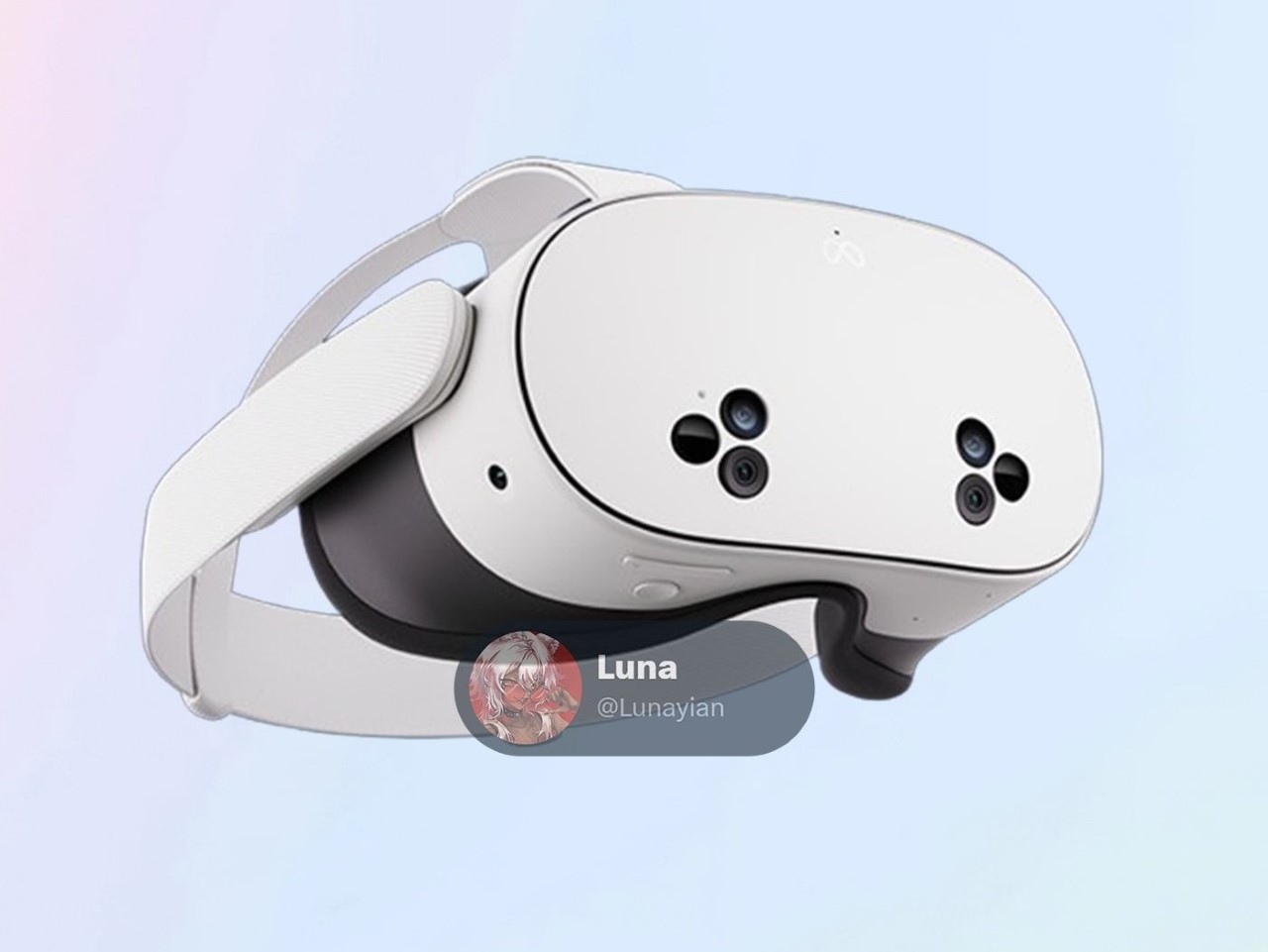
With multiple rumors floating around that Apple is dead set on building an affordable version of its Vision Pro headsets (probably named the Vision Air), it seems like Meta is doubling down on the affordable headset space too, with the upcoming Meta Quest 3s – a budget alternative to the Quest 3 from just last year.
Images of the Quest 3s leaked around March this year, but new details are finally emerging as Meta is getting ready to launch the affordable headset, both to pre-empt Apple as well ByteDance (the TikTok company) that’s also rumored to be debuting a headset as soon as August 20th.
Designer: Meta
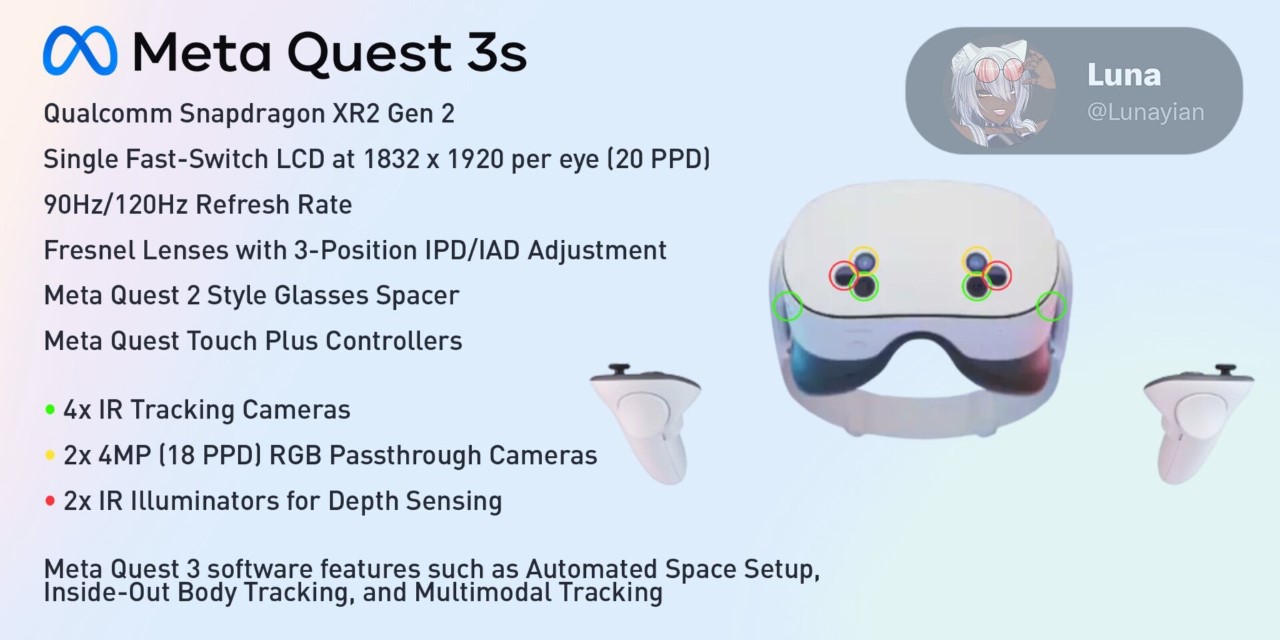
The Quest 3S will reportedly house the same Snapdragon XR2 Gen 2 processor found in its predecessor, ensuring it maintains robust performance capabilities. This processor is specifically designed for XR devices, providing the necessary computational power to handle complex VR and AR applications seamlessly. The inclusion of this processor suggests that Meta isn’t compromising on core performance, which is crucial for maintaining the immersive experience users expect from their devices.
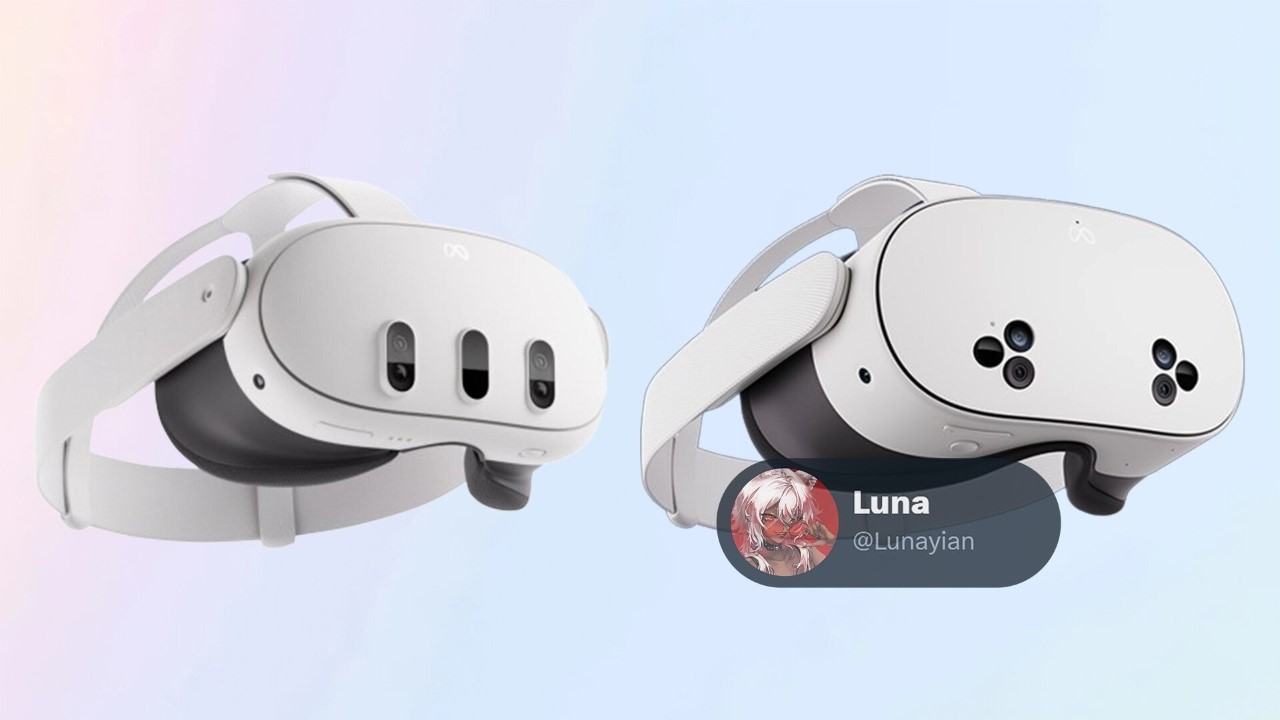
The Quest 3S will feature 1832 x 1920 fast-switching LCD panels. While this might not be as high-end as some OLED displays, it still offers a refresh rate of 90/120 Hz, which should be more than adequate for most users. This choice helps keep costs down while still providing clear, fluid visuals. For users who might be new to VR, the slightly reduced specs in the display won’t be a dealbreaker, especially when considering the price.
The headset will come equipped with Fresnel lenses, which are known for being lightweight while offering a wide field of view. This design helps make the Quest 3S comfortable to wear, even during extended sessions. Additionally, the headset will feature a three-position inter-pupillary distance (IPD) adjustment, so users can adjust the lens spacing to get the sharpest possible view based on their eye spacing. These kinds of thoughtful features show that Meta is keeping the user experience front and center, even with a more budget-friendly model.
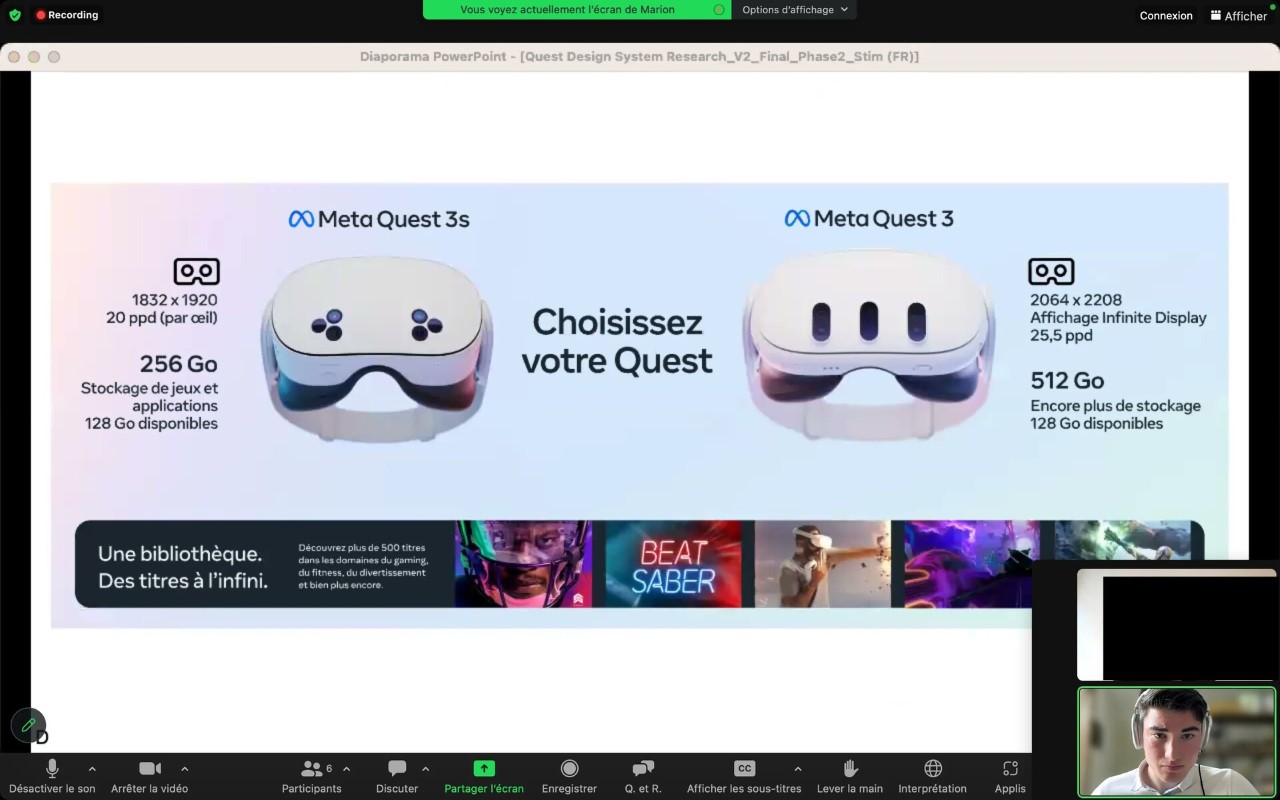
The design of the Quest 3S has also been a topic of conversation, particularly due to its unique triangular camera clusters that have surfaced in leaked images. These clusters are expected to house two 4 MP RGB passthrough cameras, four infrared (IR) tracking cameras, and two IR illuminators for depth sensing. This array of sensors is designed to ensure that the headset can accurately track movements and provide a realistic sense of depth, essential for an immersive experience. There’s also an action button, which is rumored to be customizable, allowing users to tweak the functionality to suit their preferences.
Meta’s decision to maintain the Quest Touch Plus controllers in the 3S suggests a commitment to a consistent user experience across its XR ecosystem. These controllers have been praised for their ergonomic design and precision, making them a valuable asset for both VR newcomers and veterans. The use of these familiar controllers will also likely reduce production costs, allowing Meta to pass savings on to consumers.
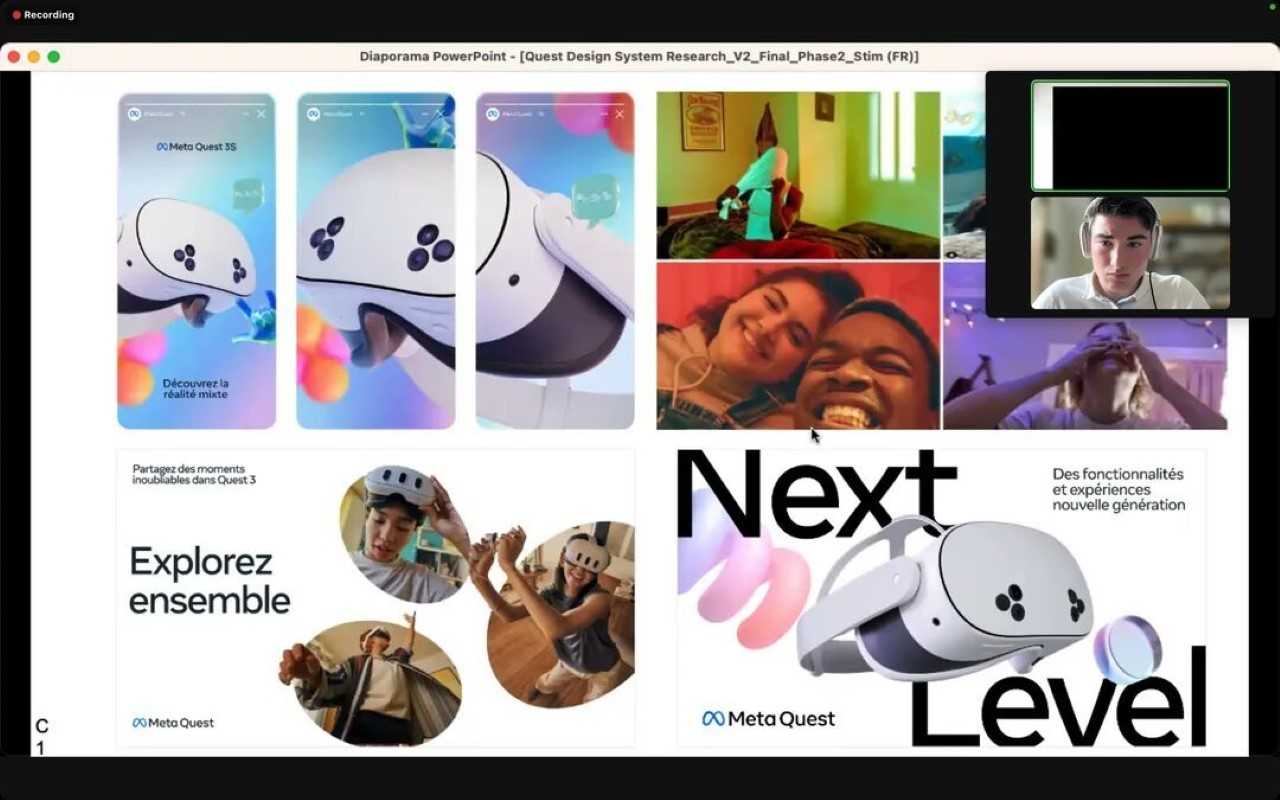
As for pricing, although nothing has been officially confirmed, it’s expected that the Quest 3S will come in at under $300. This makes it a highly competitive option in the XR market, especially as other companies like ByteDance prepare to launch their own budget-friendly headsets. With the XR space getting more crowded, Meta’s move to introduce a more affordable yet capable device could be a game-changer, opening up mixed reality to a much wider audience. The Quest 3S seems poised to offer a well-rounded experience without breaking the bank, making it a promising choice for those looking to dip their toes into the world of VR and AR.



